Assertion: All surfaces shown in figure are smooth. System is released from rest. Momentum of system in horizontal direction is constant but overall momentum is not constant.
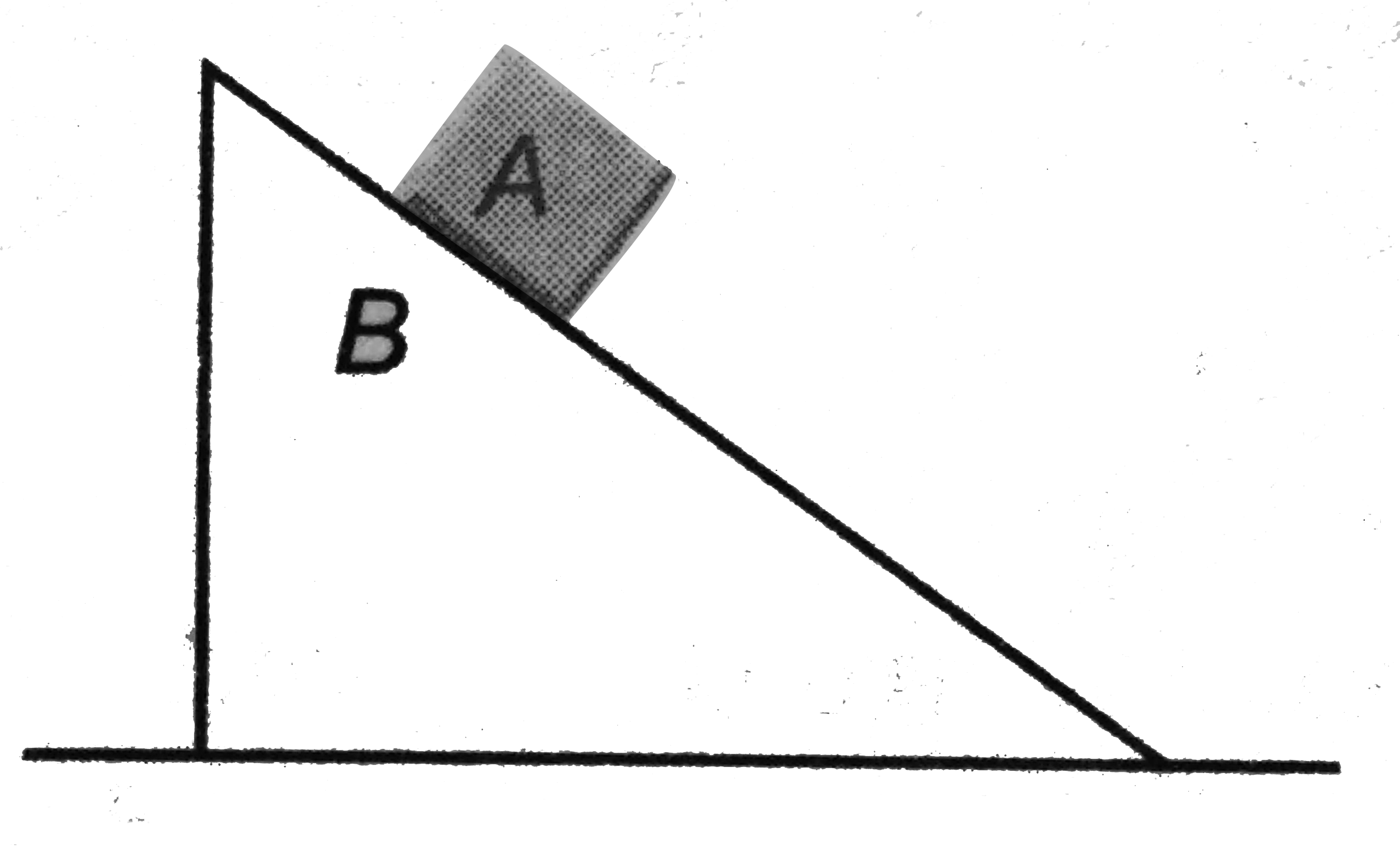
Reason: A net vertically upward force is acting on the system.
(a) If both Assertion and Reason are true and the Reason is correct explanation of the Assertion.
(b) If both Assertion and Reason are true but Reason is not the correct explanation of Assertion.
(c) If Assertion is true, but the Reason is false.
(d) If Assertion is false but the Reason is true.
The correct Answer is:C
Of the two masses A and B, mass A is moving downwards. Therefore net force on the system is vertically downwards and momentum is not conserved in vertical direction.
Similar Questions
Knowledge Check
- Question 1 - Select One
In the following figure all surfaces are smooth. The system is released from rest , then :
 Aacceleration of wedge is greater then gtanθBacceleration of m is g√1+2cos2θCacceleration of m is gDacceleration of wedge is gsinθ
Aacceleration of wedge is greater then gtanθBacceleration of m is g√1+2cos2θCacceleration of m is gDacceleration of wedge is gsinθ - Question 2 - Select One
All surfaces shown in figure are smooth. System is released with the spring instretched. In equilibrium, compression in the spring will be
 A2mgkB(M+m)g√2kCmg√2kDmgk
A2mgkB(M+m)g√2kCmg√2kDmgk - Question 3 - Select One
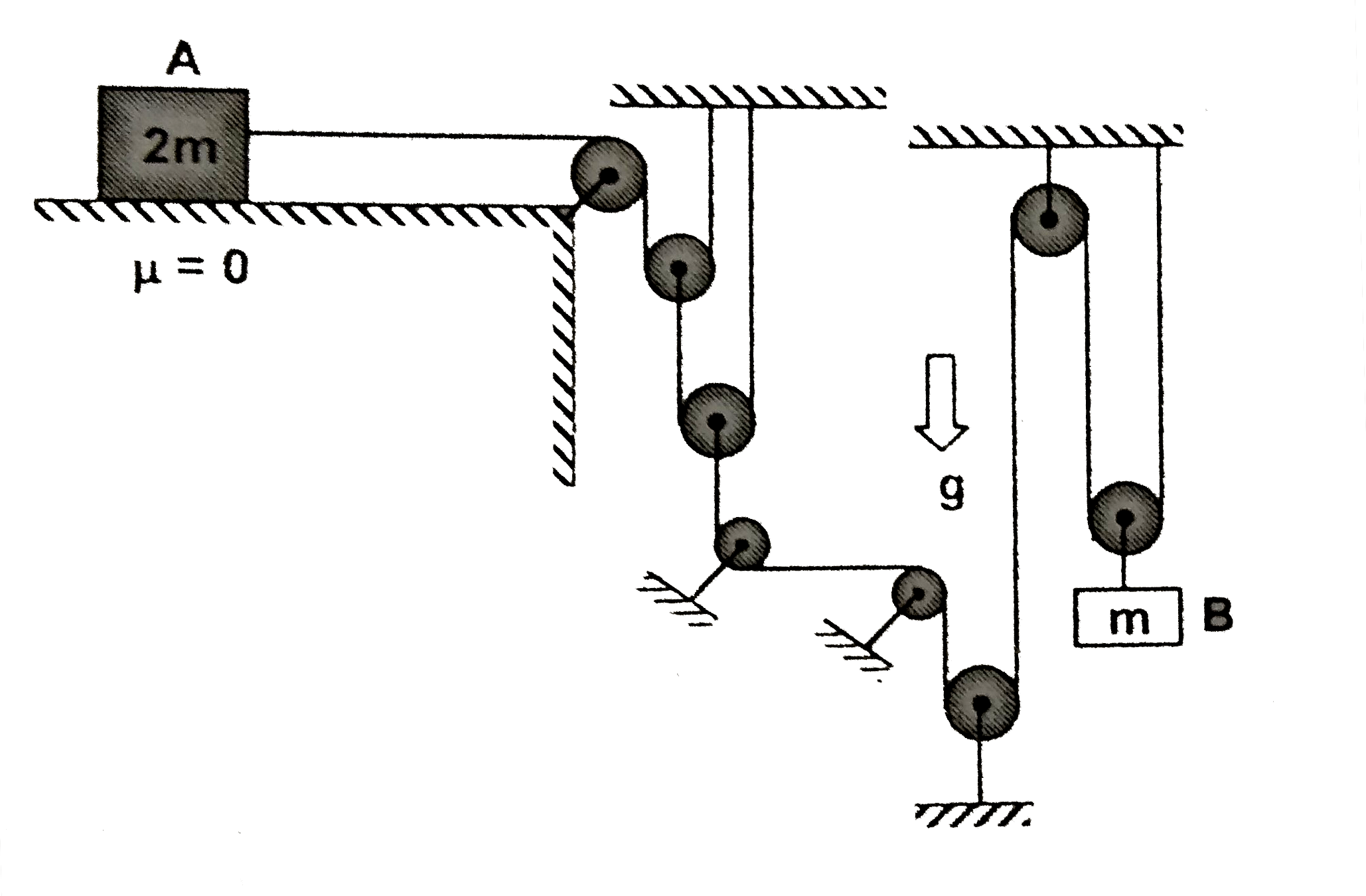
An ideal string pulley system is shown in the figure and system is released from rest choose correct optionAWhen mass B moves with speed 4m/s the speed of mass A is 1 m/sBWhen mass B moves with speed 1m/s, the speed of mass A is 4m/sCIn the time interval in which the mass A covers distance 8 m, in the same time interval, mass B travels a distance 1m.Din the time interval in which the mass A covers distance 1m, in the same time inverval, mass B travels a distance 8 m.
In the system shown in figure, the block A is released from rest. Find
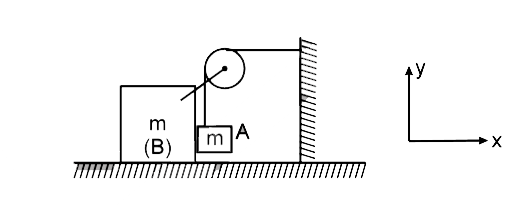
Contact force between ‘A’ and ‘B’.View SolutionThe system shown in figure is released is released from rest . Find acceleration of different string blocks and tenson in different strings.
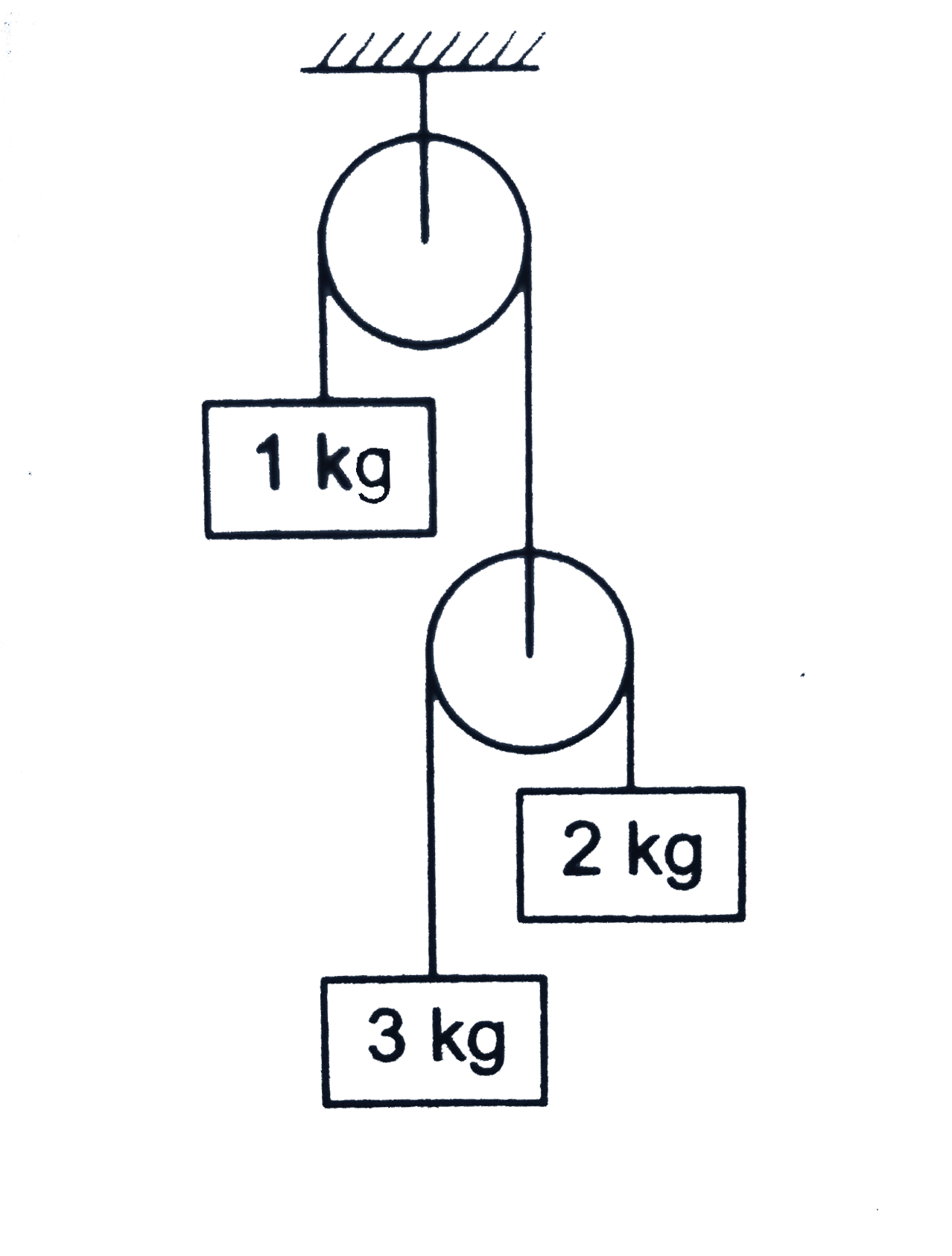 View Solution
View SolutionAll surfaces shown in figure are smooth. System is released with the spring unstretched. In equilibrium, compression in the spring will be
 View Solution
View SolutionAssertion: Two blocks A and B are connected at the two ends of an ideal spring as shown in figure. Initially, spring was released. Now block B is pressed. Linear momentum of the system will not remain constant till the spring reaches its initial natural length.
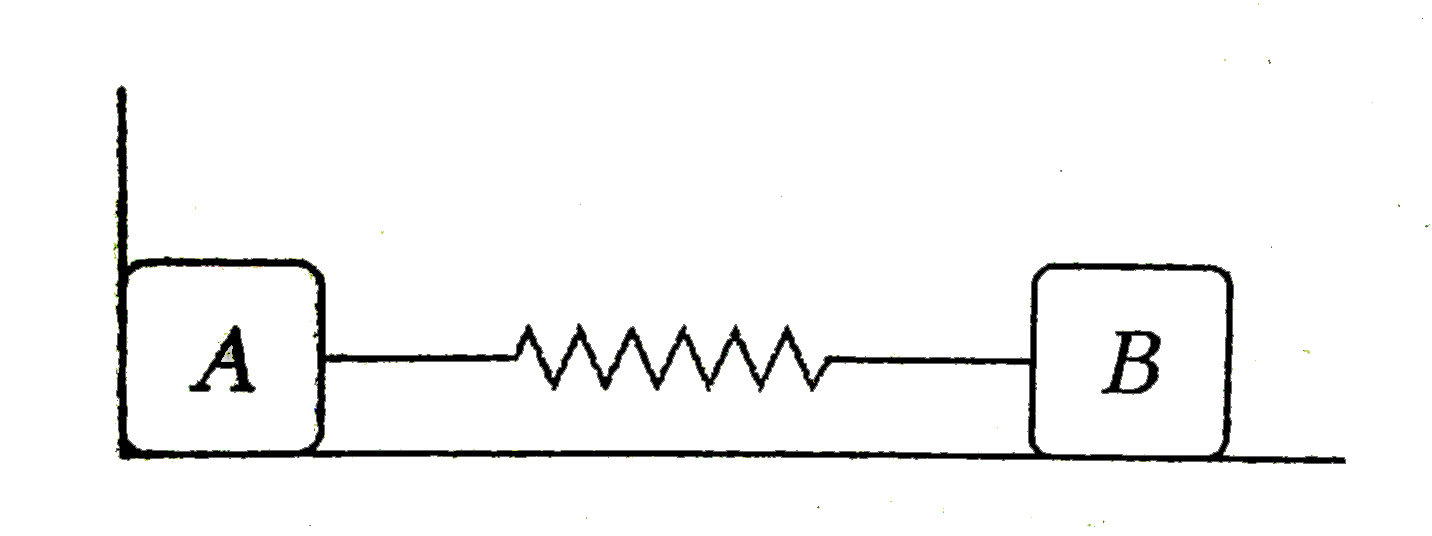
Reason: An external force will act from the wall on block A.View SolutionAssertion : Internal forces acting on the system cannot change linear momentum of the system .
Reason : Internal forces can change kinetic energy of the system.View Solution



